3D image of Mars based on photographs of the Indian orbiting satellite Mangalyaan + photo from Rosetta
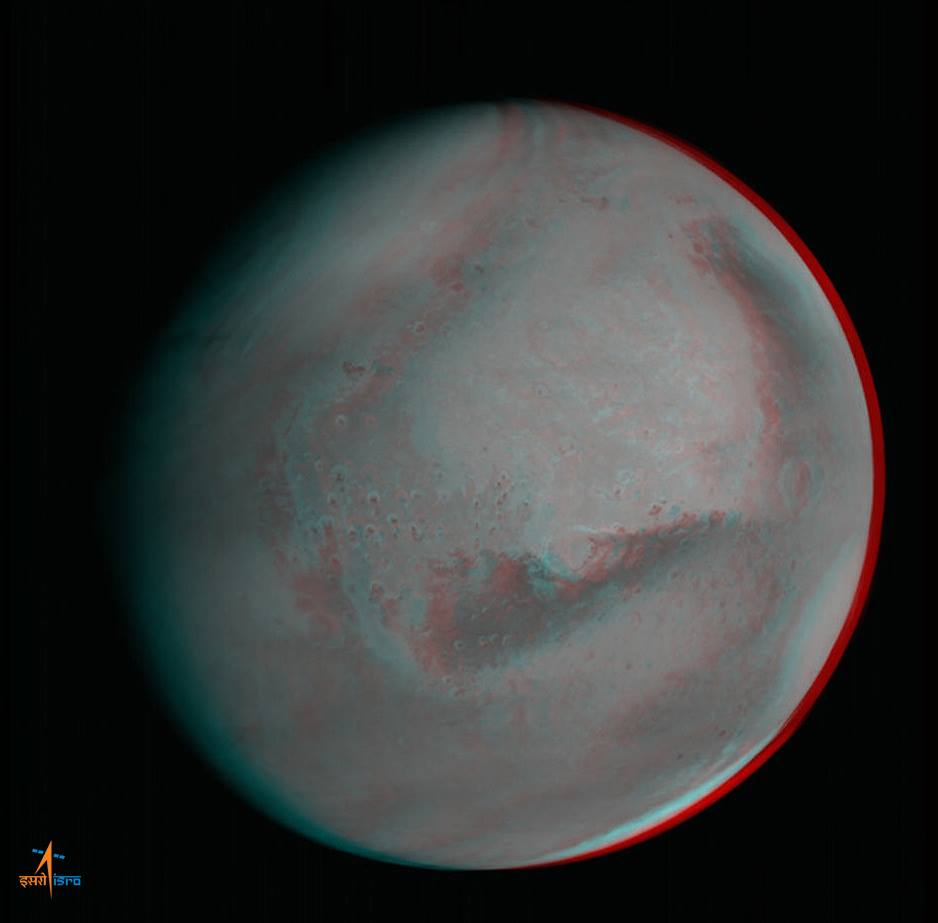
Recently, the Indians presented a stereoscopic image of Mars, composed of new images obtained by the Martian orbital probe Mangalyaan. It is worth recalling that Mangalyaan is a project of Indian scientists, which set several records at once. So, this is the most inexpensive project of the Martian apparatus, the most successful project in the history of the exploration of Mars (the Indians managed to make a successful launch and enter the orbit of Mars from the first time) and others.
The goal of Mangalyaan is to study the composition of the Martian atmosphere, determine the concentration of methane in the atmosphere, and map the surface. Now Mangalyaan continues to send more and more images of the surface of the Red Planet, on the basis of which the Indian Space Agency compiled a stereoscopic image of Mars.
The images used to create the three-dimensional image were obtained on September 28, from a distance of 74,500 kilometers. The picture shows a giant dust storm, which occupies a large region in the Northern Hemisphere. Below, on the right, the South Pole is visible, with an ice cap (frozen carbon dioxide and water). 2D option It is worth noting that this is not the first stereoscopic image of Mars. Previously, similar images were compiled on the basis of high-quality images sent by Rosetta. These images were obtained by the OSIRIS high-resolution camera on February 24, 2007, from a distance of about 240 thousand kilometers. The Rosetta team created both a black-and-white and color 3D image: In addition, it was Rosetta who helped create a true-color image of the Red Planet.
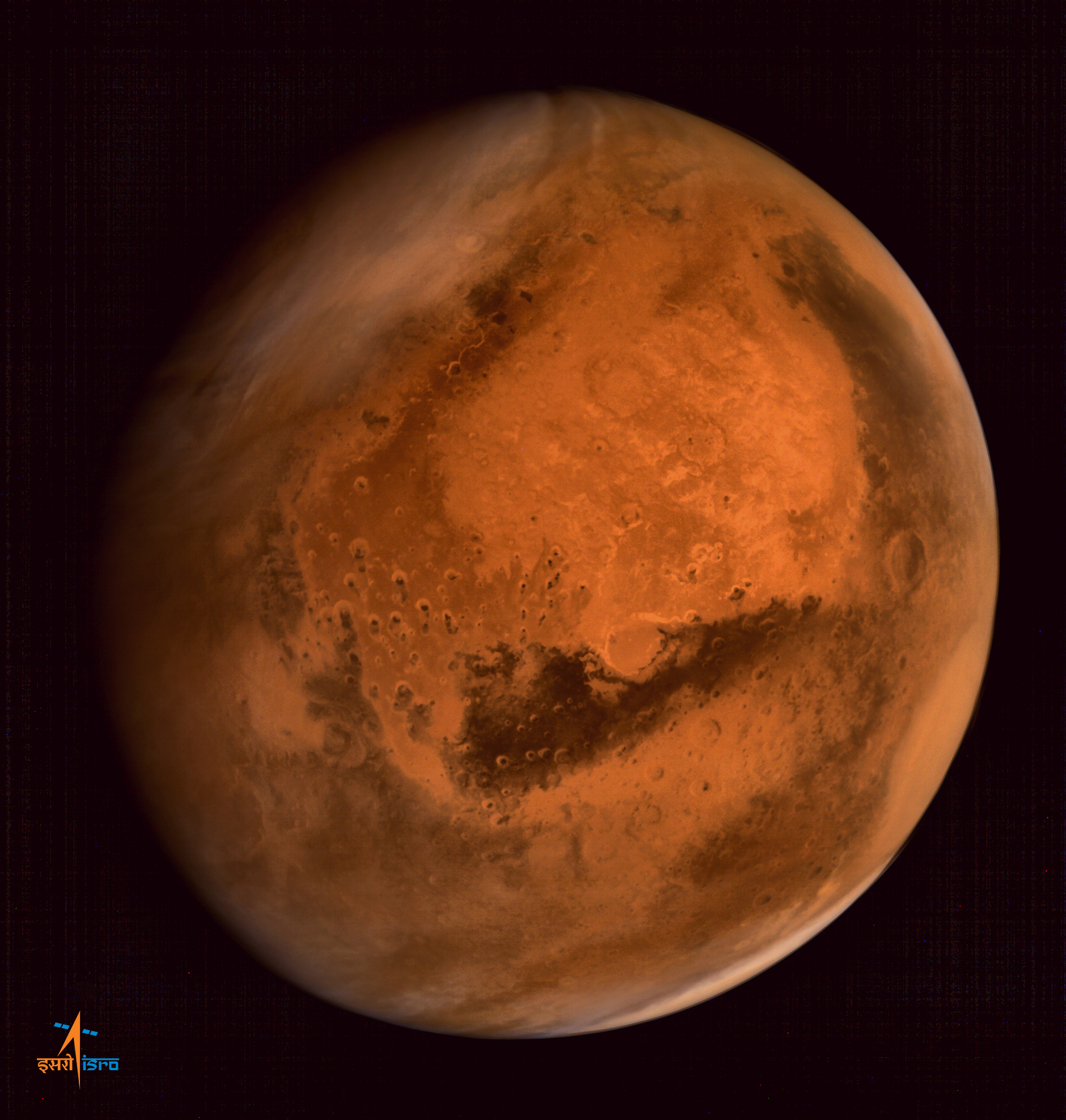
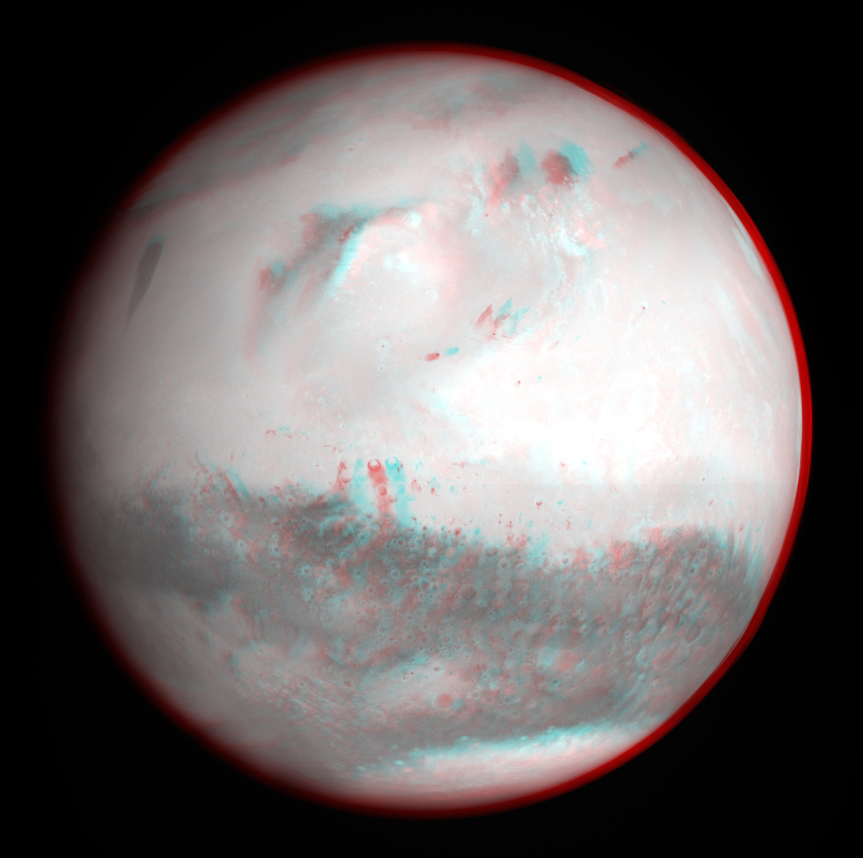
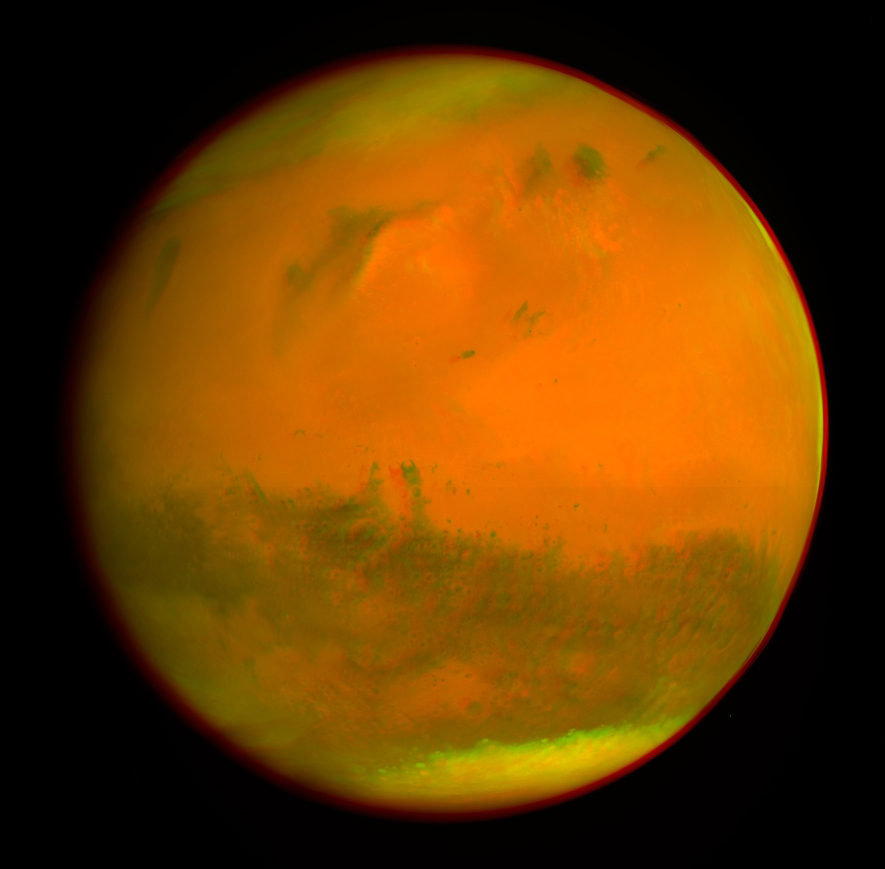
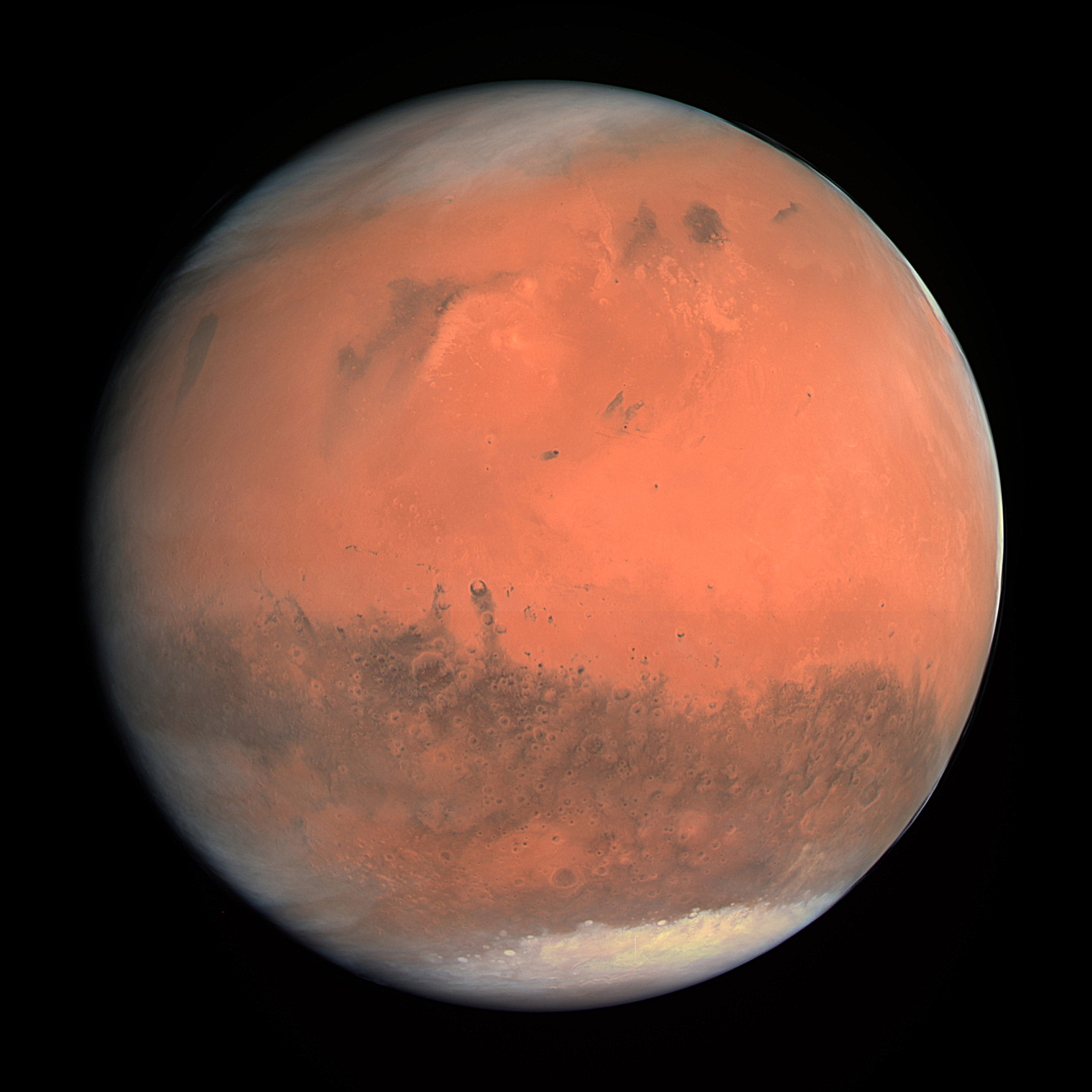
As for the Indian orbiter, the cost of the entire project amounted to only 73 million dollars, which is many times lower than the cost of similar projects. True, the orbital station itself is not as complex as other projects.
Mangalyaan took its position in orbit on September 21. The minimum expected duration of the apparatus is six months, the maximum is 10 years or more.
